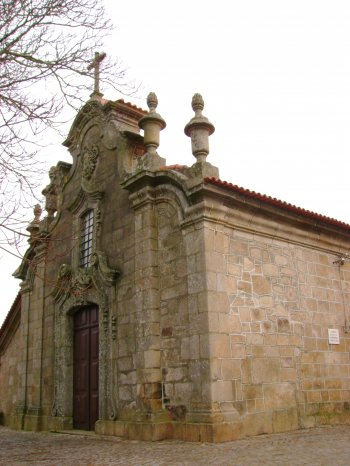Explore the best places
Heritage in Portugal
Convento de São Francisco / Convento do Espírito Santo
- heritage
Gouveia
6290, Gouveia
Former male convent of the Order of San Francisco composed of a simple rectangular plan, formed by a church and a convent area with two floors. It was built in the 17th century, but has undergone several renovations over the centuries, finding itself very adulterated. Currently, a production farm operates here.
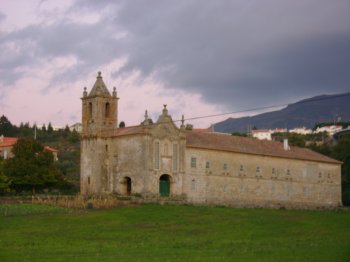
Paço de Melo
- heritage
Avenida Brigadeiro Beja Neves
6290-121, Gouveia
Set of ruins of a Baroque building dating from the 13th century, with an L-shaped plan. Reference should be made to the 16th-century crenelated fence, which forms the front of the former Palace, with various heraldic symbols, the tower with a granite spire and the palace structures. The interior is collapsed, in very bad condition.

Antiga Casa da Câmara de Melo
- heritage
Largo do Pelourinho
6290-121, Gouveia
Building with a simple irregular rectangular plan, with two floors. On the façade, there is a window with a straight lintel and, on the corner, you can see the coat of arms of the Melo village. It still conserves the old town hall and the stone with the town's heraldic symbols. It was probably built in the 17th century.

Capela de Santa Marta / Capela de Nossa Senhora da Conceição
- heritage
Beco de Santa Marta, 8
6290-121, Gouveia
Mannerist chapel probably built in the 17th century. Mannerist-style temple with a simple longitudinal plan and barrel vault coverage. The main and side portals stand out, surmounted by a triangular pediment interrupted by niches with stonework statuary. On the inner floor, there are two graves with metallic handles.
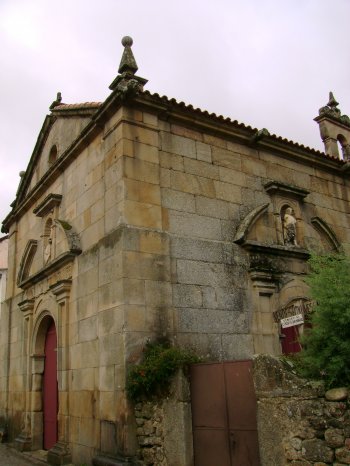
Casa da Torre
- heritage
Avenida dos Bombeiros Voluntarios
6290-520, Gouveia
House of irregular rectangular plan with three floors, with openings in full arch or polylobed, profusely decorated with geometric motifs and stylized plant motifs. It features stonework corbels, decorated with anthropomorphic and vegetal motifs. Highlight for the monumental 16th century semi-detached window. It is also known as Palácio dos Távoras, marquises of Gouveia.
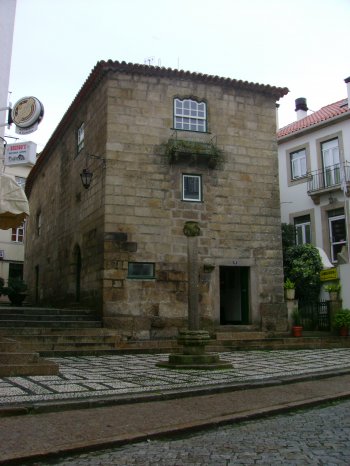
Castelo de Folgosinho
- heritage
Rua do Castelo
6290-081, Gouveia
Revival castle rebuilt in the 20th century, with a circular plan, where traces of medieval fortification remain. The primitive castle was probably built in the 12th century, during the reign of Ling Sancho I, on the ruins of a Lusitanian castro. In the first half of the 20th century, the current castle was built on the initiative of the Parish Council of Folgosinho.
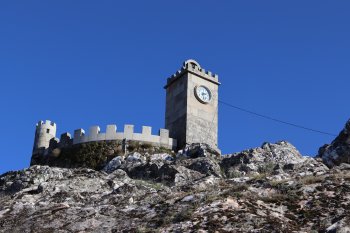
Museu do Agricultor e do Queijo
- heritage
EN17 - Quinta dos Cedros
6360-220, Celorico da Beira
Opened in 2006, this museum aims to promote and disseminate the famous cheese of the region, as well as herdsmen\/farmers. Here you can meet the core depicting the manufacture craft of this famous product, as well as learn about the Cheese route. If desired, the Museum also organizes visits to Artisanal Cheese and allows participation in campinhos (sowing\/planting), according to the agricultural calendar.
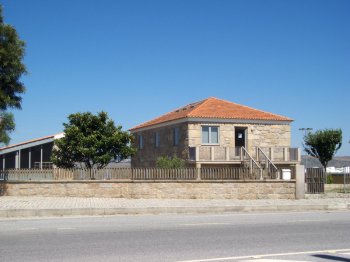
Troço de Calçada Romana
- heritage
Celorico da Beira
6360-362, Celorico da Beira
Section belonging to an ancient Roman road which linked the Guard Mangualde, being possible that belonged to Viseu-Linhares. Is paved with stones lined and divided into three sections.
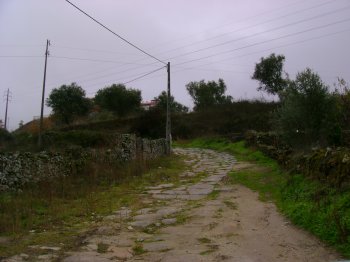
Necrópole de São Gens e Penedo do Sino
- heritage
Lavandeira
6360-302, Celorico da Beira
It is an ancient cemetery where there are four species of tombs: bathtub-shaped, triangular, and anthropomorphic dug in stone furniture. Near these graves, lies the Penedo Bell, a granite block pedunculated fond by weathering agents, well known for meeting a strange and beautiful balance. This site was occupied between the centuries I and II and later between the 12th and 13th centuries, believing, however, that this necropolis date from the 6th century to the 14th century.
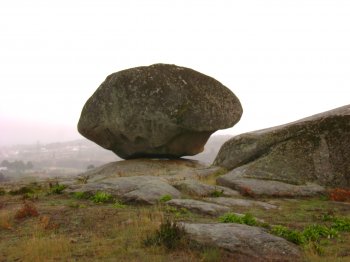
Igreja da Misericórdia de Celorico da Beira
- heritage
Rua da Misericórdia, 11
6360-309, Celorico da Beira
Church built between the 17TH century and the 19TH century, the present baroque features, but with some neoclassical touches. The main façade is divided into three murários rags separated by Tuscan pilasters, showing an arched portal still down with double scalloped frame. Inside, the decoration, in plastering and painting.
